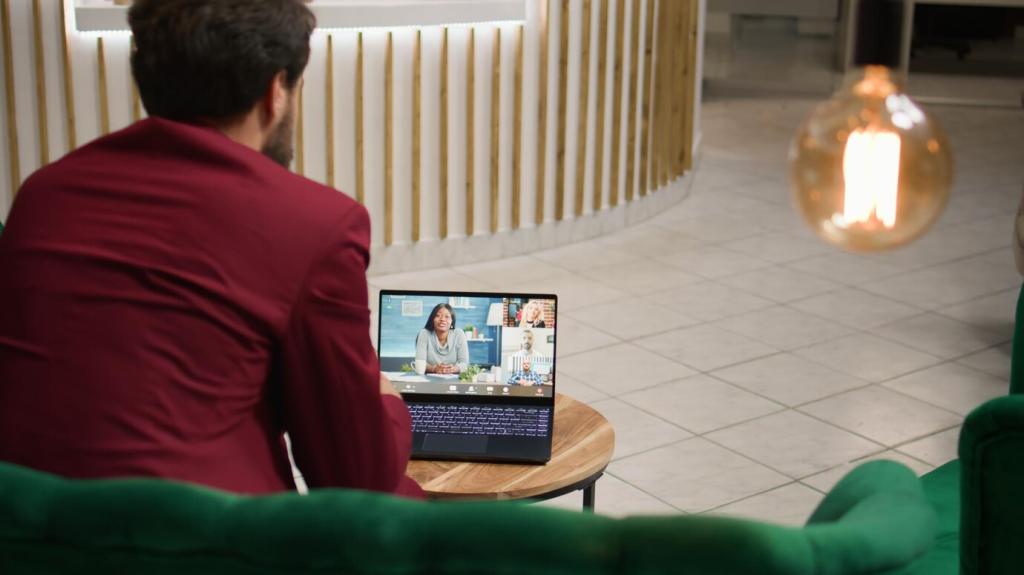Start With the Fundamentals of Work–Life Balance
Pick an anchor start and stop time, share them with your team, and set status messages that match. Add physical cues at home—headphones on equals focused time, a door sign means do-not-disturb. Tell us which boundary you’ll try this week, and we’ll cheer you on.
Start With the Fundamentals of Work–Life Balance
Timebox complex tasks and under-promise by ten percent to create a margin for the unexpected. Break big goals into daily commitments that fit your bandwidth. Comment with your favorite method—time blocking, daily three priorities, or the one-task rule—and why it helps you stay balanced.
Start With the Fundamentals of Work–Life Balance
Use short cycles like 25/5 Pomodoro or the 52/17 rhythm to keep energy steady. Practice the 20-20-20 eye break and one-minute shoulder rolls between calls. Try two cycles today, notice your stress drop, and share your results with the community for accountability.

